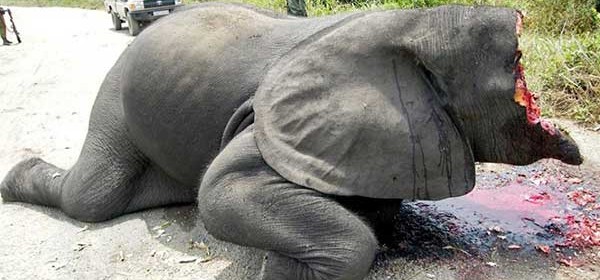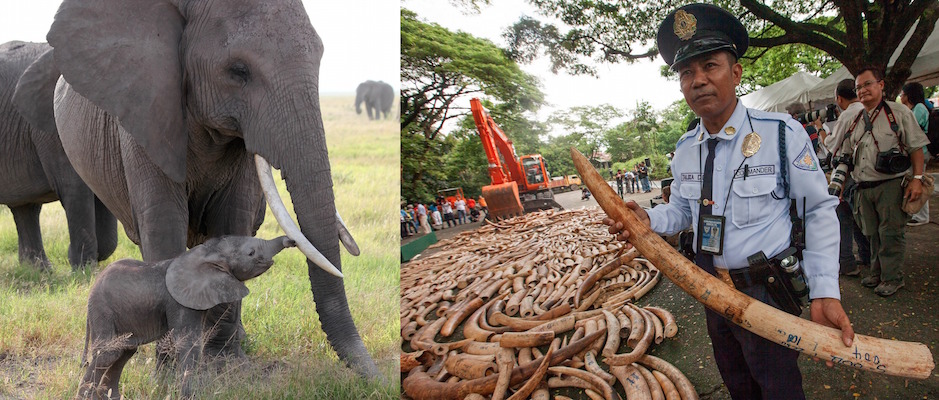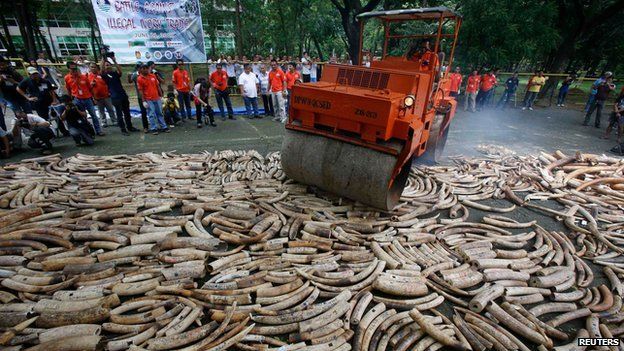Elephant Poaching – Slaughtered For Their Tusks

Elephant Poaching – Slaughtered For Their Tusks
Warning: This article contains graphic images of elephants being slaughtered.
Gaborone, Botswana
States where the illegal ivory trade operates agreed to tougher measures to try to stop the slaughter of African elephants for their tusks. The African Elephant Summit in Botswana brought together negotiators from elephant habitat countries Gabon, Kenya, Niger, and Zambia; ivory transit states Vietnam, the Philippines, and Malaysia; and ivory destination states China and Thailand. They agreed to list elephant poaching as a “serious crime” under a U.N. convention, allowing them to seize assets and extradite suspects. At current elephant poaching rates, one in five African elephants will be dead within a decade. “If we do not stem the tide,” said Botswanan President Ian Khama, “future generations will condemn our unwillingness to act. ”

Despite an international ban on the trade of ivory from elephant tusks, China’s demand for “white gold” is driving the poaching of over 30,000 elephants a year in Africa. What’s worse, many Chinese consumers still do not to understand that elephants are killed in order for ivory to be obtained.

 Print
Print